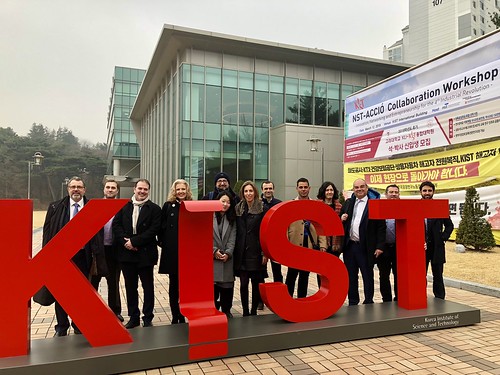03/12/2019 – The construction company COMSA and the Korea Railroad Research Institute, which forms part of the country’s main R&D entity, the National Research Council of Science and Technology, have joined forces as part of the Ballaxt project to create a new optimised ballast from synthetic materials with the aim of improving its resistance and durability, as well as reducing the costs associated with railway maintenance.
Infrastructure currently accounts for about one-third of railway operating costs. The ageing of existing equipment, along with the increase in speeds and in the volume of passengers and goods, have generated greater wear on materials which, together with the reduction in the amount of time available for maintenance, place much strain on infrastructure. For all these reasons, there is a great deal of interest on the part of managers in ensuring that the elements that make up the track are of high quality and have a longer life cycle.
Against this background, COMSA and the Korean technology centre will jointly research new types of materials to create an artificial ballast, adaptable in shape, size, weight and composition, and more resistant, which improves mechanical behaviour, increases the useful life of the railway bed and reduces track maintenance costs. This product will also limit the environmental impact of working increasingly scarce natural rock quarries.
Ballaxt (Extended durability optimised ballast) is funded by the European Commission, through the ERDF programme, with the support of ACCIÓ, the Catalan agency for business competitiveness.
Within this framework, the person in charge of R+D at COMSA, Joan Peset, is participating this week in a commercial mission of Catalan companies to South Korea, presided over the Minister of Enterprise and Knowledge of the Catalan Government, Àngels Chacón, whose objective is to promote technological collaboration and innovation between both countries.
The Catalan mission in front of the Korea Research Council of Science & Technology
